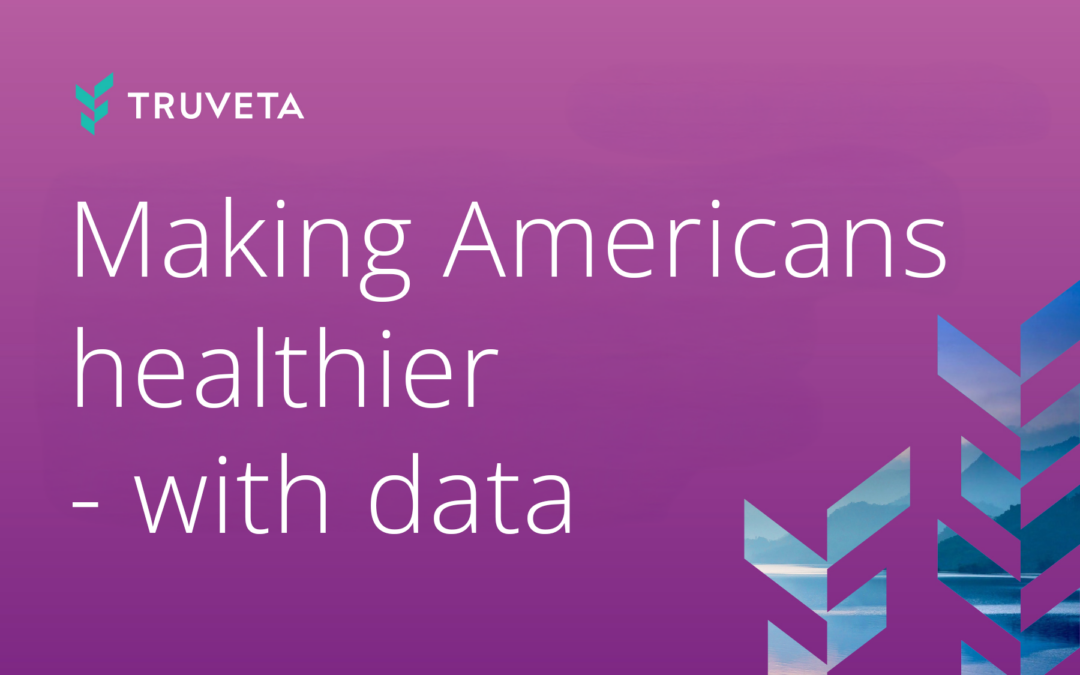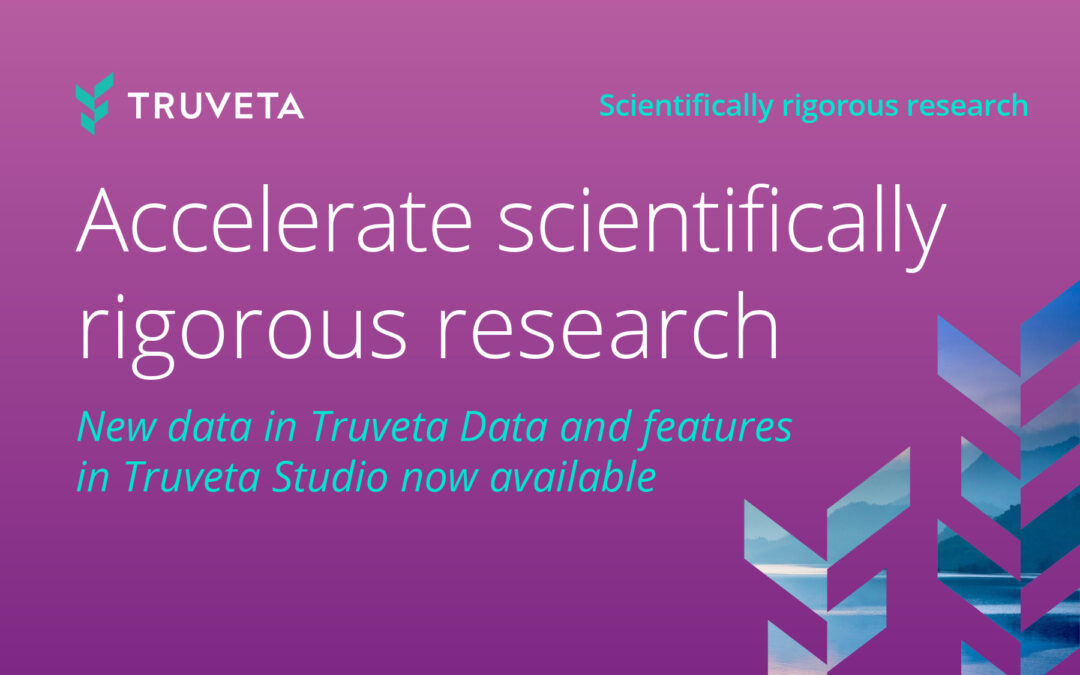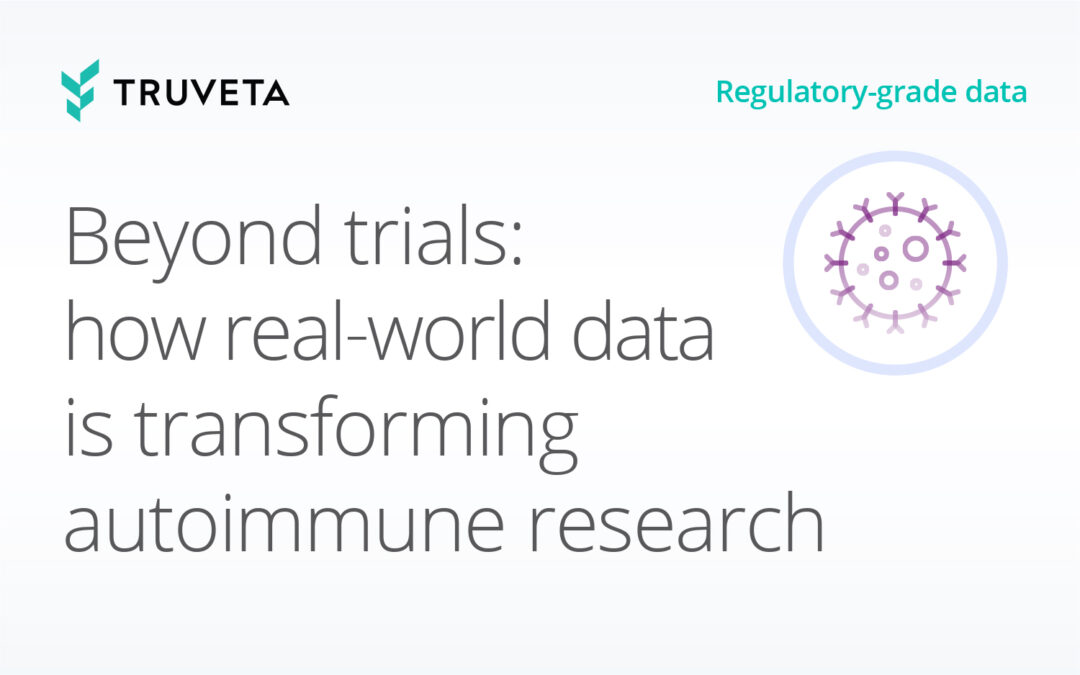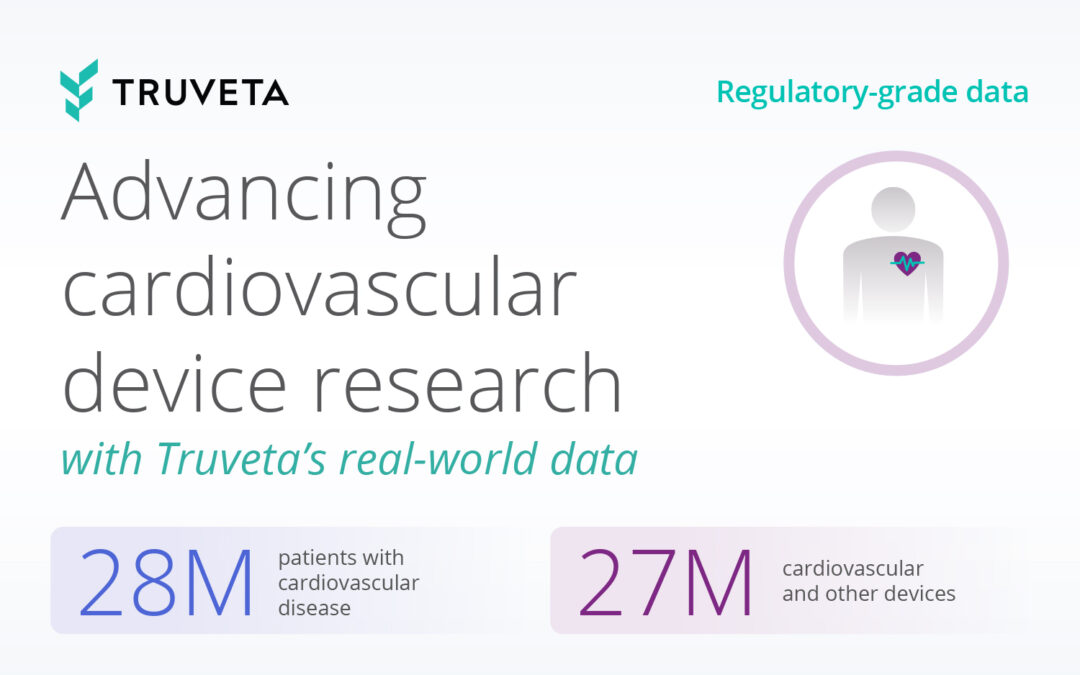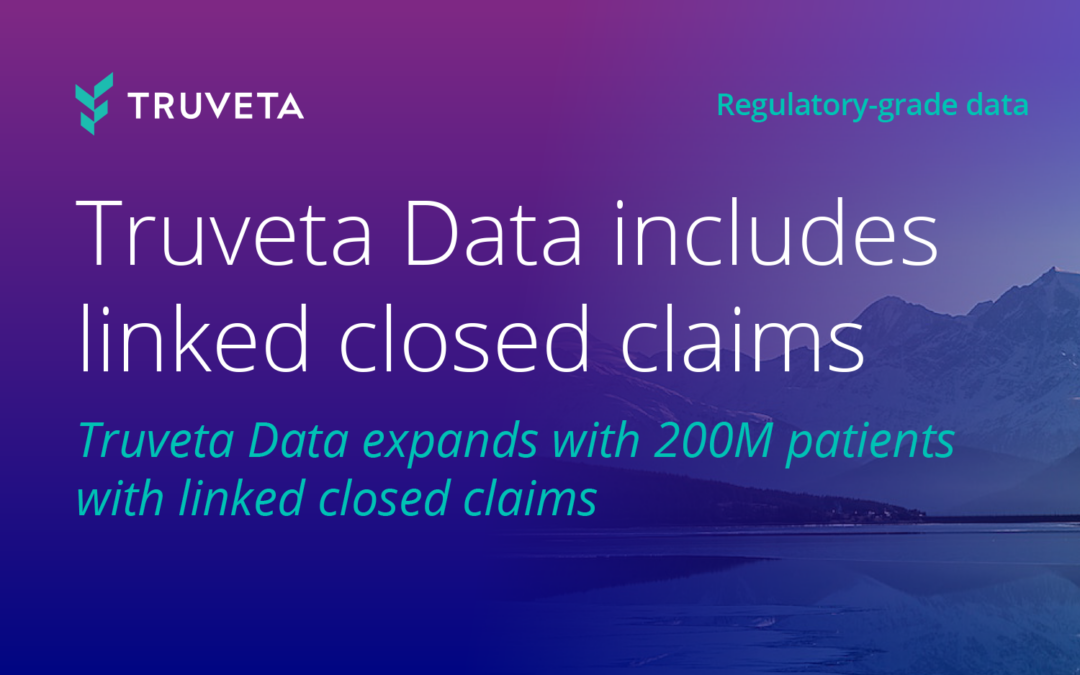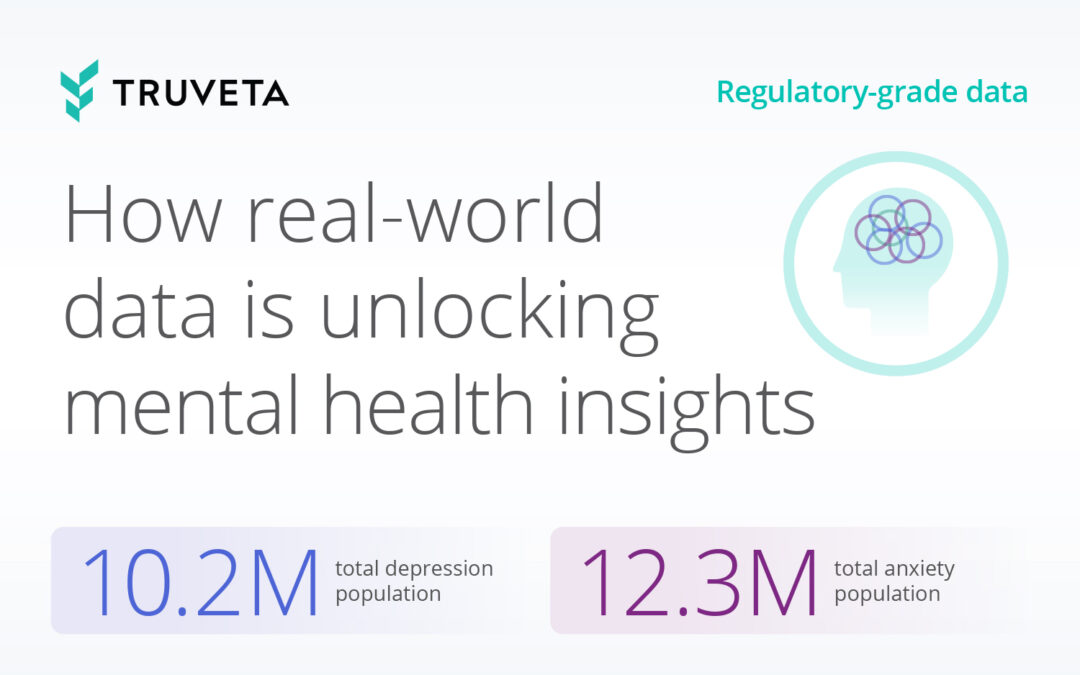In November 2023, we announced the availability of millions of echocardiogram reports for study (now 3.4 million echocardiogram reports from more than 2 million patients resulting in 69 million distinct cardiac measurements), making Truveta the leader in real-world data for cardiovascular research.
Today we are excited to further deepen that cardiovascular data with the availability of nearly 700,000 cardiac catheterization reports for more than 440,000 patients resulting in 4.7M distinct catheterization measurements available for study, including measurements from right heart catheterizations such as hemodynamic measurements, as well as measurements from left heart catheterizations such as amount and location of vessel disease, lesion complexity, TIMI grades, and whether an intervention was performed.
Truveta delivers the most complete, timely, and clean electronic health record (EHR) data from more than 100 million patients across more than 30 health systems, enabling research with regulatory-grade data and scientifically rigorous analytics across all diseases, drugs, and devices.
Cardiac catheterization reports
However, the critical details about these procedures – including measurements and diagnostic details – have been locked away in the clinician notes or transcriptions of the procedure, making them only available through manual chart review. Truveta’s clinical expert-led AI solves this challenge.
The Truveta Language Model is a large-language, multi-modal AI model for transforming electronic health record (EHR) data into billions of clean and accurate data points for research on any disease, drug, or device. TLM combines pre-trained open large language models with deep training on the most complete, timely, and representative clinical data to achieve above 90% accuracy on diagnoses, medications, lab results, lab values, clinical observations, and more, exceeding the accuracy of human clinical experts.
Using this AI, we have been able to structure important measures like the amount of disease in each coronary artery (e.g. 80% stenosis of the mid-segment of the left anterior descending artery), hemodynamic measurements (e.g., pulmonary artery pressure is 30mmHg systolic, 15mmHg diastolic) empowering researchers to study conditions like ischemic heart disease and pulmonary hypertension.

Advancing cardiovascular research to save lives
Imagine how many lives can potentially be saved because these data are now available at scale.
Schedule a demo to learn more about how Truveta’s real world data empowers researchers to generate evidence to drive product innovation and clinical advacements.


